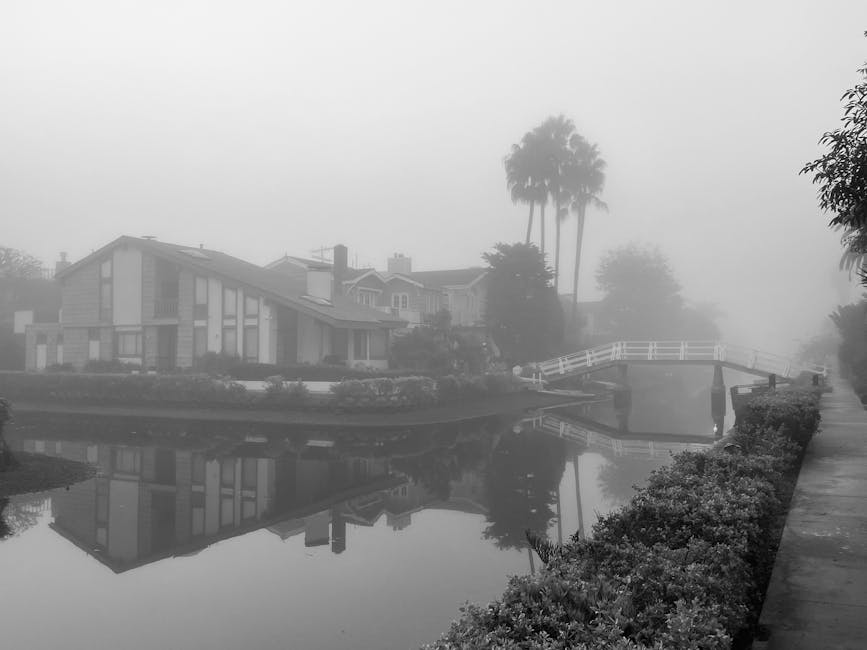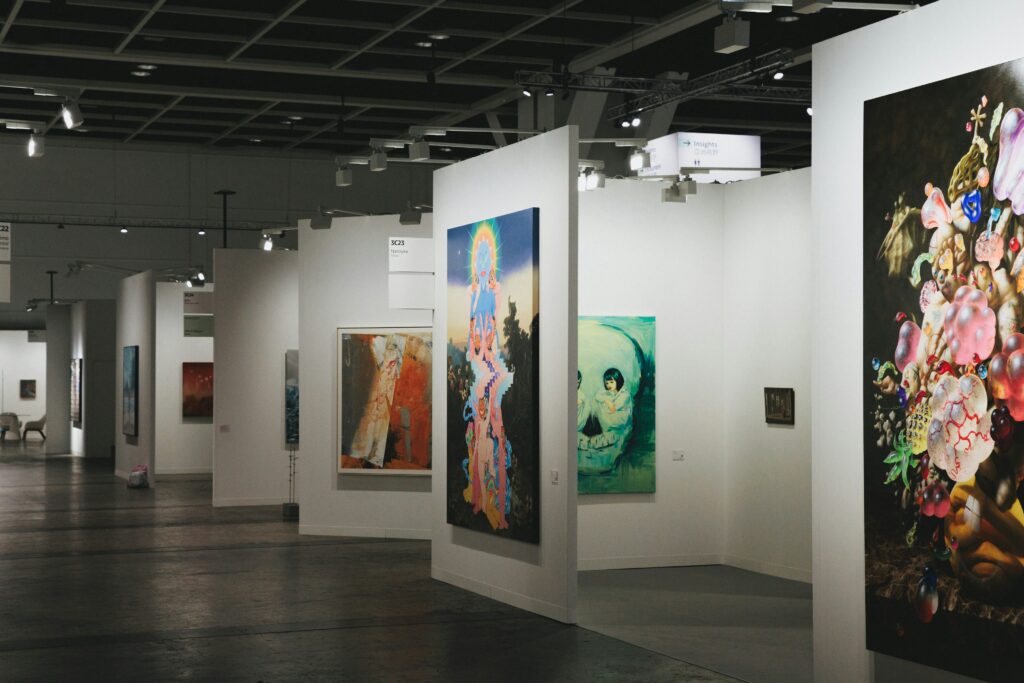Setting the Scene: How the Venice Biennale Has Evolved as a Cultural Barometer
The Venice Biennale isn’t just an art show. It’s a mirror. Since its start in 1895, the Biennale has reflected political tensions, cultural movements, and the aesthetic choices of the powerful and experimental alike. But what used to be a European-centric showcase has grown into something far more layered — a stage for global narratives, often uncomfortable, often urgent.
In the past ten years, the shift has been sharp. Countries outside of the traditional Western canon have taken up more space. Representation isn’t checked off a list — it’s the engine. Artists are less focused on grand, polished pieces and more on engagement, activism, and vulnerability. You see collectives instead of solo stars, process over polish, and themes that dig into identity, climate, decolonization, and technology.
The Biennale of today doesn’t just show what’s happening in art — it helps drive what happens next. Its influence is wide, spilling into curatorial thinking around the world. Whether it’s a quiet installation or a confrontational video piece, what debuts at Venice can shape discourse across continents. In a fragmented digital age, that kind of centralized influence is rare. And that makes the Biennale more vital than ever.
Art Meets Politics: Storytelling on a Global Stage
The Rise of Political Storytelling
In recent years, the role of political commentary in international art exhibitions has expanded significantly. Artists have moved beyond abstract expression and into direct engagement with global affairs, using personal narratives and symbolic language to spotlight political tension, social movements, and ideological shifts.
Key developments include:
- Visual storytelling that draws from protest movements and activism
- Use of performance and mixed media to explore diplomacy, nationalism, and displacement
- Emphasis on the artist as witness, participant, and commentator
Landmark Pavilions That Challenged Tradition
Certain national pavilions captured widespread attention by defying expectations and rethinking how countries present themselves to the world. These installations often abandoned conventional formats like retrospective showcases or nationalist aesthetics in favor of bold experimentation and cultural critique.
Notable examples:
- Pavilions that featured collaborative, multi-artist installations instead of highlighting individual artists
- Programs that invited artists-in-exile or diasporic voices to represent their home nations
- Projects presented as open forums or living archives rather than static artworks
Global Conflicts Reflected in the Work
It was impossible to ignore how global conflict and crisis shaped the tone of the exhibition. War, colonial legacies, climate collapse, and refugee experience were frequent touchpoints, both explicitly and implicitly represented in the works.
Recurring themes included:
- Visual metaphors for state violence and systemic injustice
- Narratives centered on survival, resistance, and resilience
- Artistic techniques adapted to convey urgency and instability
In 2024, art did not merely reflect the world—it actively participated in reshaping how we talk about power, identity, and belonging on a global scale.
Vlogging used to be a narrow field. A few voices dominated, mostly from specific regions and lifestyles. That’s changed. In 2024, creators from underrepresented backgrounds are not just making space—they’re owning it. Audiences are tuning into vlogs shot in Lagos, Dhaka, and Medellín as much as they are from LA or London. It’s no longer a side note when diasporic creators reflect on split identities or frame their day-to-day lives in ways that feel both hyper-local and deeply global.
Themes like climate anxiety, digital privacy, and cultural preservation are more than passing trends—they’re shaping the stories being told on camera. And because of that, curatorial direction has shifted. Algorithms and human editors alike are placing greater value on authenticity and new angles. Who’s telling the story and where they’re telling it from matters, because the audience wants real, and real looks different everywhere.
Vlogging in 2024 isn’t about speaking louder. It’s about speaking from where you actually stand.
Artists Who Defined the Moment
In an era shaped by cultural disruptions, political shifts, and globalized creativity, a handful of artists in recent years have stood out for their ability to challenge norms and connect across boundaries. These creators didn’t just reflect their times — they reshaped them.
Artists Making an Impact
Zaria Forman
- Known for: Hyper-realistic pastel drawings of melting glaciers and rising seas.
- Why she matters: Her work visualizes climate change in a visceral way, bridging science and emotion.
- Global relevance: Exhibiting worldwide, her art speaks across languages and ideologies to confront environmental urgency.
Ai Weiwei
- Known for: Conceptual art and activism highlighting censorship, displacement, and human rights.
- Why he matters: As both artist and dissident, his voice continues to provoke critical dialogue on freedom and accountability.
- Global relevance: Works like “Sunflower Seeds” and refugee-themed installations make his art inseparable from international politics.
Toyin Ojih Odutola
- Known for: Narrative portraiture using pen, charcoal, and pastel to explore identity.
- Why she matters: Her work reimagines history through layered storytelling, specifically through the lens of Black life and aristocracy.
- Global relevance: Her exhibitions resonate globally, addressing race, narrative authority, and visual myths.
How Their Work Reflected and Challenged Their Time
- Tackled urgent themes: climate change, social justice, identity.
- Blurred boundaries between art, activism, and storytelling.
- Responded to political and ecological realities without sacrificing craft or imagination.
Cross-Cultural Fluency: Not Optional Anymore
More than ever, artists are expected to engage beyond their immediate environment.
- Artistic relevance now requires cultural adaptability and dialogue.
- Social media and global exhibitions demand an understanding of diverse audiences.
- These artists succeed not just because of what they say — but because of how and where they say it.
In 2024 and beyond, creators fluent in cross-cultural language and themes will lead the movement, not follow it.
Video isn’t new to vlogging, but in 2024, it’s stretching its legs. We’re talking interactive layers, mixed media edits, and formats that blur entertainment, education, and immersion. VR clips, 360-degree walkthroughs, and augmented overlays are pushing the edges of what a vlog can be—not just a story you watch, but one you step into.
Audiences are no longer content to just click and sit back. They want to tap, swipe, pause, re-watch, explore. Creators who understand this shift are designing with interaction in mind. A travel vlog might include a virtual tour. A cooking series might use touchable menus or embedded tutorials. The experience is becoming more physical—even if it’s all digital.
AI is creeping in too, though not in flashy ways. Some vloggers are using machine learning to build dynamic thumbnails or pull auto-summaries. Others are mixing generative visuals into their edits. It’s subtle now, but growing fast. The tech isn’t replacing the human element, just shaping the edges of how that human element gets presented.
For a close-up on how these formats are shaking up the space, check out the related read: Best Interactive Art Installations of the Year.
Criticism has caught up with the vlogging world, and in 2024, it’s getting harder to ignore. Accusations of inaccessibility, elitism, and environmental waste are surfacing louder than ever. From lavish travel logs to tech-heavy production setups, some vloggers are being called out for creating content that’s out of reach for everyday viewers. Others face backlash for chasing views at the cost of authenticity.
The response from major creators and platforms has been mixed. A few have made serious changes: scaling down trips, showing their raw day-to-day, or spotlighting underrepresented voices. But many still lean into aspirational vibes, brushing off the criticism or avoiding it altogether. Creators who don’t evolve risk being called out by their own audiences.
Sponsors and international partners are caught in a tight spot. They’re chasing influence but also want to avoid controversy. We’re seeing more partnerships form around causes—sustainability, accessibility, social awareness. Brands now want the vlogger to stand for something, not just sell something. In short, digital storytelling is growing up, and viewers are paying attention.
The vlogging world used to be the domain of high-polish channels and trend-driven creators. Now, it’s cracking wide open. A younger, more decentralized wave of vloggers is rewriting the rulebook. They’re platform-agnostic, audience-aware, and heavily DIY. No gatekeepers. Just a phone, some editing tools, and a sharp point of view.
What’s rising fast are hybrid creators. They skate between disciplines: video essays mixed with sketch comedy, travel vlogs blended with sustainability deep-dives, daily logs that cut in political commentary. The lines are thin—by design. Viewers in 2024 are drawn to thoughtful creators who bring range without losing authenticity.
The big question is whether this model lasts. Right now, the power’s in the hands of individuals who hustle smart and connect with intent. Tech platforms are still evolving, but the energy favors nimble, purpose-led storytellers. Will vlogging still matter in 10 years? A cautious yes. As long as creators stay current, focused, and real, they’ll keep cutting through.
The Venice Biennale as a Mirror, Not a Monolith
The Venice Biennale has never been static. It follows global movements, absorbs cultural shifts, and throws them back onto the world stage. For those willing to look closely, it’s more than a curated event—it’s a real-time pulse check of where art, identity, and politics collide.
That’s why engaging with its evolution matters. Artists find it a testing ground for bold ideas. Critics use it to recalibrate expectations. Viewers connect with works that don’t just float in a gallery—they wrestle with context. The Biennale doesn’t offer one voice; it offers many, layered and sometimes clashing, forcing conversations that can’t be easily ignored.
The last word is this: Art doesn’t just reflect change. It shapes it. And events like the Biennale? They remind us which way the gears are turning.




